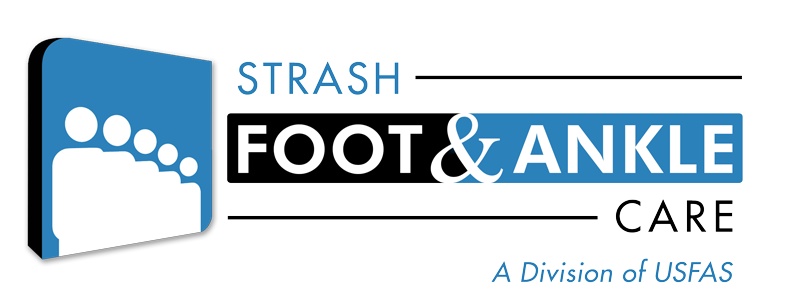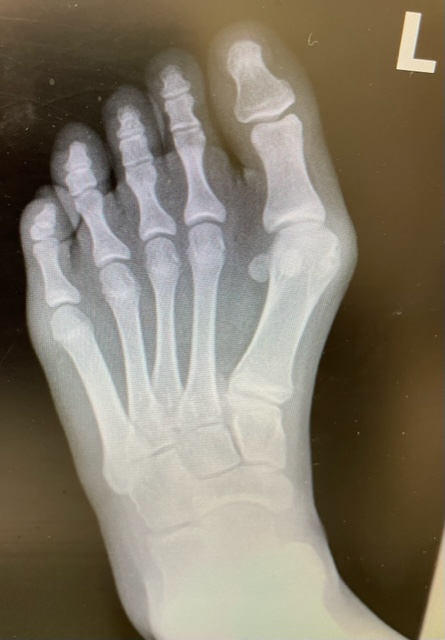
20 Dec Bunions: Causes & When to Consider Surgery
The classic bunion is a bump on the side of the great toe joint. Although it’s described that way, it’s much more. This bump represents an actual deviation of the 1st metatarsal. In addition, there is also deviation of the great toe toward the second toe. In severe cases, the great toe can either lie above or below the second toe and that can be very painful.
What causes bunions? This question is often answered by blaming shoes. In fact shoes only play a small role in developing bunions. Yes shoes, especially high heels, can cause abnormal squeezing of your forefoot and this can help promote a bunion, but if everyone who wore high heels shoes developed a bunion there would be a lot more than the 15% prevalence we see in the general population. The true culprit? Genetics. Genetics plays the major role in development of bunion deformities.
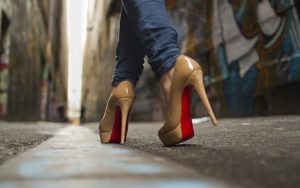
Genetics determines the way your foot functions. Are you flatfooted? Are your foot joints flexible or stiff? Do you have a high arch? Do you have tight muscles? These traits are determined by your genetic code. These characteristics then govern how your bones and joints move when you walk. As an example, if your joints are very flexible, this can cause an abnormal amount of instability in your forefoot when you walk. Over time, this abnormal motion may cause a bunion to develop by allowing your first metatarsal to “drift” towards the mid-line of your body. The fundamental driving force behind developing bunions as a result of faulty foot mechanics is genetics. Issues such as loose ligaments and flat feet, are inherited. The traits then act as the foundation for abnormal foot mechanics and lead to formation of bunions. Do your parents or grandparents have a bunion? You may have or develop one.
The most common symptoms associated with this condition are pain on the side of the foot just behind the great toe. A red painful bump is usually present. Pain is usually brought on with walking or sports. Shoes don’t cause bunions but will typically aggravate them. Stiff leather shoes or shoes with a tapered toe box are the prime offenders. This is why bunion pain is most common in women whose shoes have a pointed toe box. The bunion site will often be slightly swollen and red from the constant rubbing and irritation of a shoe. Occasionally, corns can develop between the 1st and 2nd toe from the pressure the toes rubbing against each other.
Does your bunion hurt? If your bunion does not hurt it’s recommended to simply leave it alone. Wear wider shoes and continue to remain active. Will the bunion progress and get worse over time? It might and if it does progress and become increasingly painful that’s the time to have it surgically corrected.
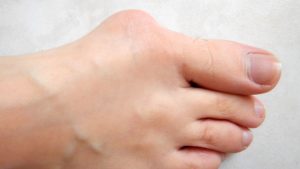
So what about shoes? A good corrective shoe will stabilize the foot. That means look for shoes with qualities like good arch support, as well as proper cushioning to stay comfortable. One of the most important characteristics bunion sufferers should look for are a wide shoe fit and a roomy toe box. It’s important to avoid straight or narrow toe boxes that result in painful friction to the bunion area and toes.
There are a variety of bunion corrections available to patients. When visiting your podiatrist x-rays will be taken and based on clinical exam and x-ray evaluation a procedure to correct your bunion deformity will be decided upon. Some procedures are minimally invasive, some will allow patients to bear weight immediately after surgery with a fracture boot and other procedures require the use of a fracture boot with nonweightbearing (crutches) for a prolonged period of time. What about pain? Pain after bunion surgery can be minimal to none if your foot and ankle surgeon uses Exparel intra-operatively. The critical time for pain is the first two or three days after surgery. With the use of Exparel patients typically have no pain mitigating the use of narcotics post-operatively. Depending on the procedure performed patients may require physical therapy after surgery and you can expect to be given exercises to be performed on your own at home or referred to a physical therapy clinic.
Bunion surgery is very successful with the majority of patients. Our surgeons see many patients who waited and waited until the pain was unbearable, causing these poor people to forgo daily activities. This is SO unnecessary. After bunion removal surgery, most patients are amazed at the difference and regret waiting so long.
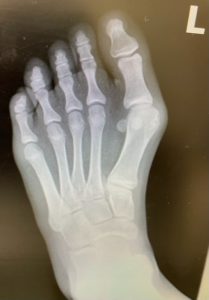
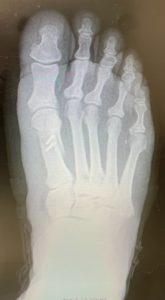
So, if you’re experiencing pain from bunions, give us a call, today. At Strash Foot & Ankle Care, we’re here to put your best foot forward, again.
